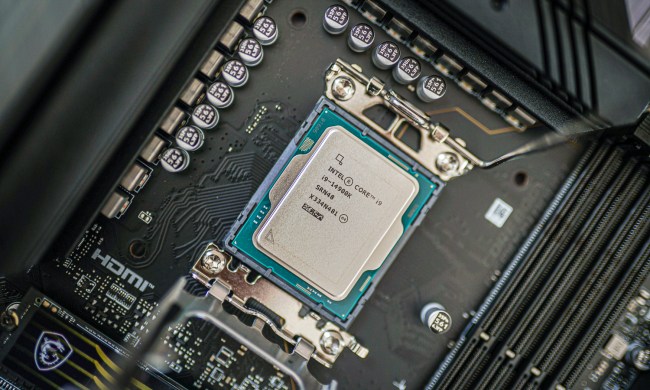
“The TimeFlip Magnet’s simplicity means it will help manage your time without taking more of it up in the process”
- Simple to use
- Plenty of customization options
- Long battery life
- Compatibility with other time management tools
- A little expensive
No-one wants to waste time. We lead busy lives and must get used to multi-tasking and managing varied tasks, sometimes setting strict time limits on how long we spend doing something. This is the case for entrepreneurs, anyone who works at home, parents observing how long their kids spend watching TV over doing homework, and even for bosses checking office productivity (boo).
The thing is, checking how long you work on something is often a hit-or-miss mix of checking the clock, setting an alarm, or some other convoluted way that often ends up being forgotten or ignored. That’s where the TimeFlip Magnet comes in. It’s a simple idea that could transform the way you track time. Our TimeFlip hands-on review appropriately took place at CES, where it’s notoriously hard to manage time, and such a device would come in handy, if only to see how little sleep everyone gets.

TimeFlip Magnet looks like a large, multi-sided plastic dice. Each side is blank when it arrives, ready to attach one of the custom stickers that comes in the pack — each using icons to show common tasks, like email and social networking — but you can create your own that are specific for you too. The dice-like case contains the TimeFlip Magnet module, which has an accelerometer inside, and is powered by a coin-cell battery that should last for up to a year. It connects to the TimeFlip app using Bluetooth.
You’re just about to start work on an overflowing email inbox, and only want to dedicate a certain amount of time to it before having lunch for an hour. Place the TimeFlip magnet with the email icon facing up, and the app begins tracking your time. When you’re done, and are ready to have lunch, turn the TimeFlip Magnet round to the side marked break, or food, and the app automatically switches to the new task. A circular graph in the app shows a breakdown of how you spend your time, which is also viewable on a web interface. The app also integrates with a variety of different task management systems, including Trello, Todoist, and Zendesk.
It’s a simple idea that could transform the way you track time.
It’s incredibly simple, and because it’s automated, there’s a far lower chance of you ignoring it. It’s also easily customised with either your own stickers or using a non-permanent marker to write ever-changing tasks on each side. If you’re really keen, an entirely new case can be 3D printed, ready for the TimeFlip Magnet module clipped inside. The name references the magnets used to keep the whole dice structure together.
The TimeFlip Magnet appeals because it’s easy. In the same way that fitness trackers aren’t used when they’re too complicated or time-intensive, we don’t want to spend time measuring our time either. It’s good to see a device that doesn’t get too deeply involved in adding features, or complicating things in the name of, “adding value.” It does one thing, and appears to do it well. It’s not the most aesthetically pleasing device, and we’d like to have seen other colors or designs. It’s also fairly expensive at $50.
You can buy the TimeFlip Magnet through the company’s website now, where it has a shipping time of around four weeks at the time of writing. If you struggle with managing time, or want to keep a check on someone else’s time without adding a cumbersome or annoying new task, then it’s worth investigating.


